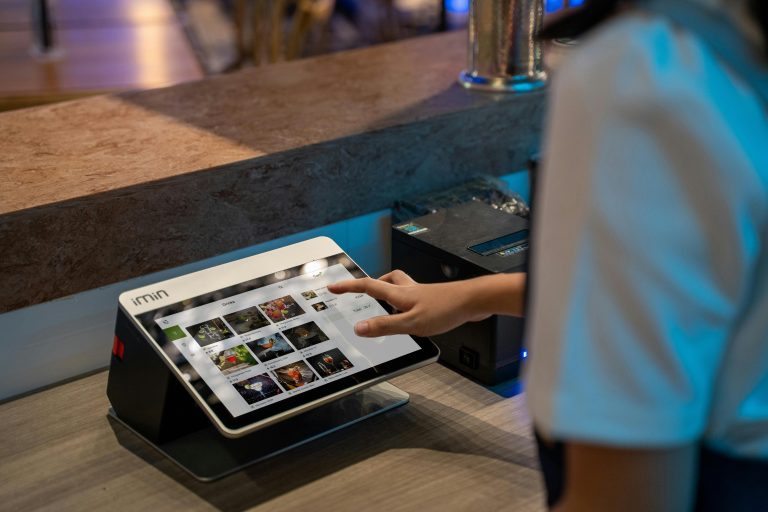Automation is no longer a luxury reserved for big businesses with deep pockets. With the right free tools, you can streamline your operations, save time, and focus on what matters most—growing your business. Whether you’re just starting out or looking to optimize existing workflows, these tools offer powerful solutions at no cost.
1. Trello: Organize Your Tasks with Ease
Trello is a user-friendly task management tool that helps you visually organize your projects. Use its boards, lists, and cards to create workflows for everything from content creation to team collaboration. Automate repetitive tasks with Trello’s built-in automation tool, Butler, which lets you set triggers for common actions, like moving cards or sending notifications.
How to Use It:
- Create boards for different aspects of your business (e.g., marketing, sales, operations).
- Use Butler to automate recurring tasks like setting due dates or assigning team members.
2. Zapier: Connect Your Favorite Apps
Zapier is a must-have for automating workflows between your favorite apps. It acts as the glue that connects platforms like Gmail, Slack, Google Sheets, and hundreds more. Set up “Zaps” to automate actions—for example, when you receive a new email, Zapier can automatically save the attachment to Google Drive.
How to Use It:
- Automate email follow-ups or notifications for new form submissions.
- Sync data between apps to eliminate manual entry.
3. Google Workspace: Streamline Communication and Collaboration
Google Workspace offers a suite of tools that are perfect for automating business processes. Use Google Forms for collecting customer data, Google Sheets for automating calculations, and Gmail filters to manage your inbox more effectively.
How to Use It:
- Create a Google Form to collect customer inquiries, and automatically log responses in Google Sheets.
- Use Gmail’s filters to automatically label and sort emails into folders.
4. HubSpot CRM: Simplify Customer Management
HubSpot’s free CRM is an excellent tool for automating customer relationship management. It helps you track customer interactions, manage your sales pipeline, and even automate email campaigns. Its intuitive dashboard lets you monitor progress at a glance.
How to Use It:
- Automate email follow-ups based on customer behavior (e.g., website visits or link clicks).
- Use the dashboard to automatically track deal stages and prioritize leads.
5. Hootsuite: Automate Your Social Media
Hootsuite makes it easy to manage and schedule your social media posts across multiple platforms. With its free plan, you can schedule posts for up to three profiles and monitor engagement.
How to Use It:
- Plan a month’s worth of content and let Hootsuite post it for you automatically.
- Use analytics to measure performance and adjust your strategy.
Getting Started with Automation
Implementing these tools is as simple as identifying repetitive tasks and choosing the right solution to tackle them. Start small—pick one or two tools that align with your immediate needs, and gradually integrate others as your workflows evolve.
Remember, automation isn’t about replacing the human touch—it’s about freeing up your time to focus on the things that matter most, like building relationships, driving creativity, and growing your business.
What’s Next?
Ready to take the next step? Explore more insights in our Knowledge Hub to discover advanced automation strategies, productivity hacks, and tools tailored to your business goals.



